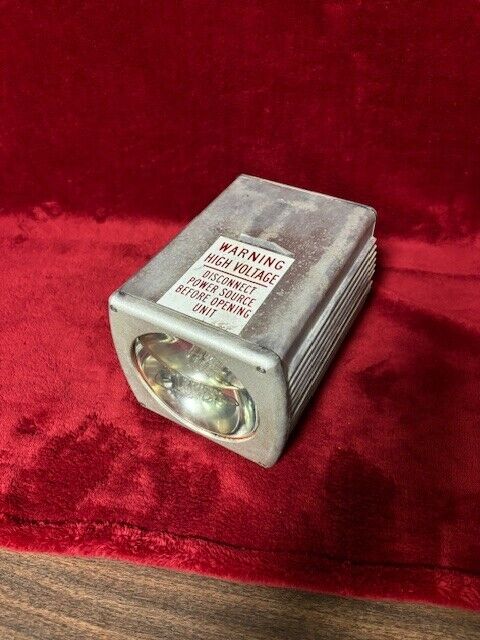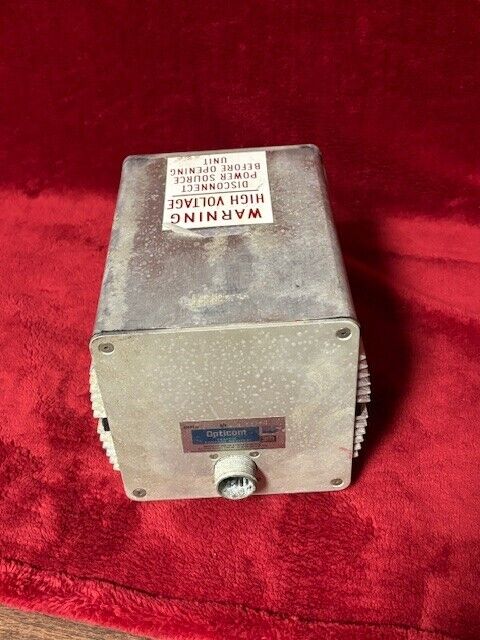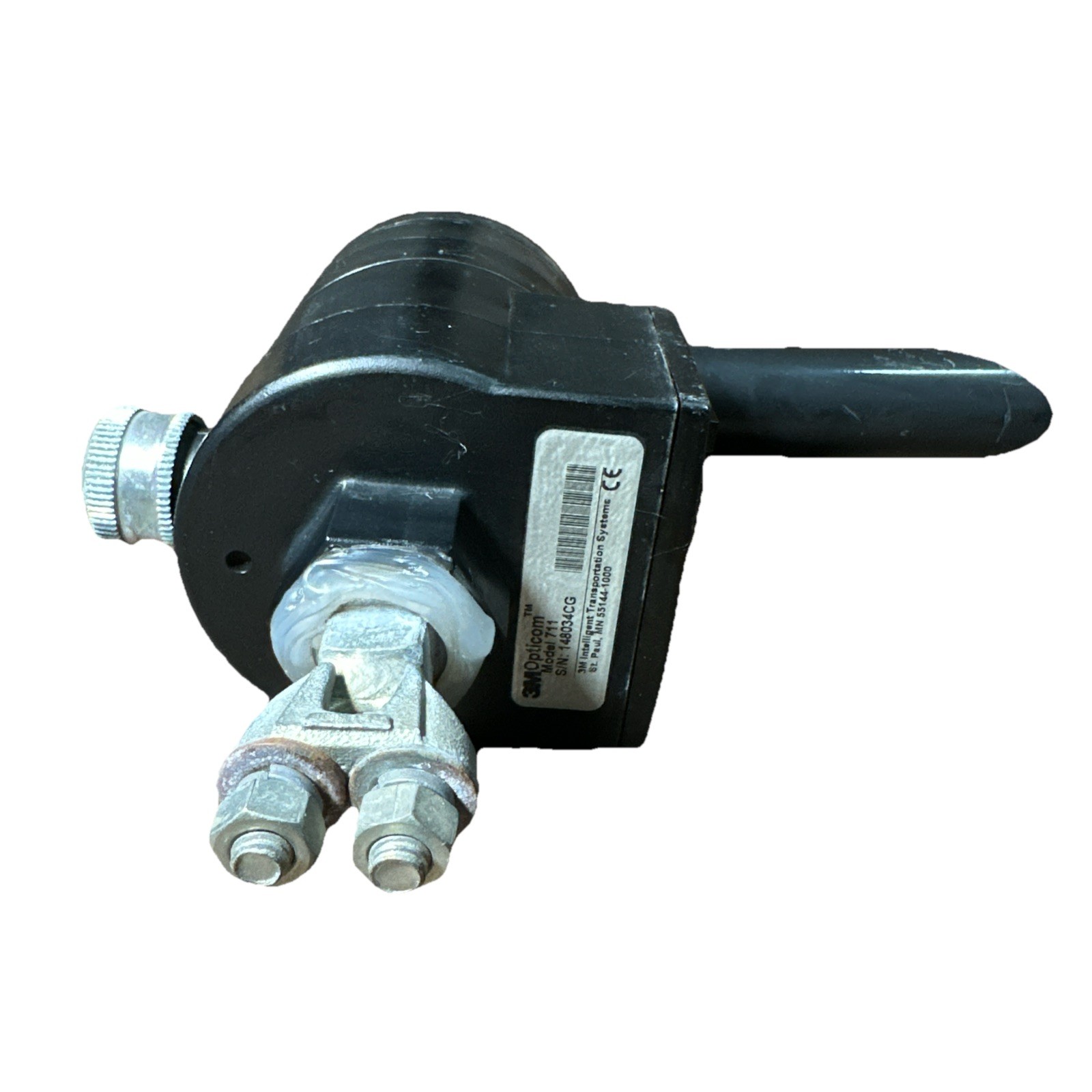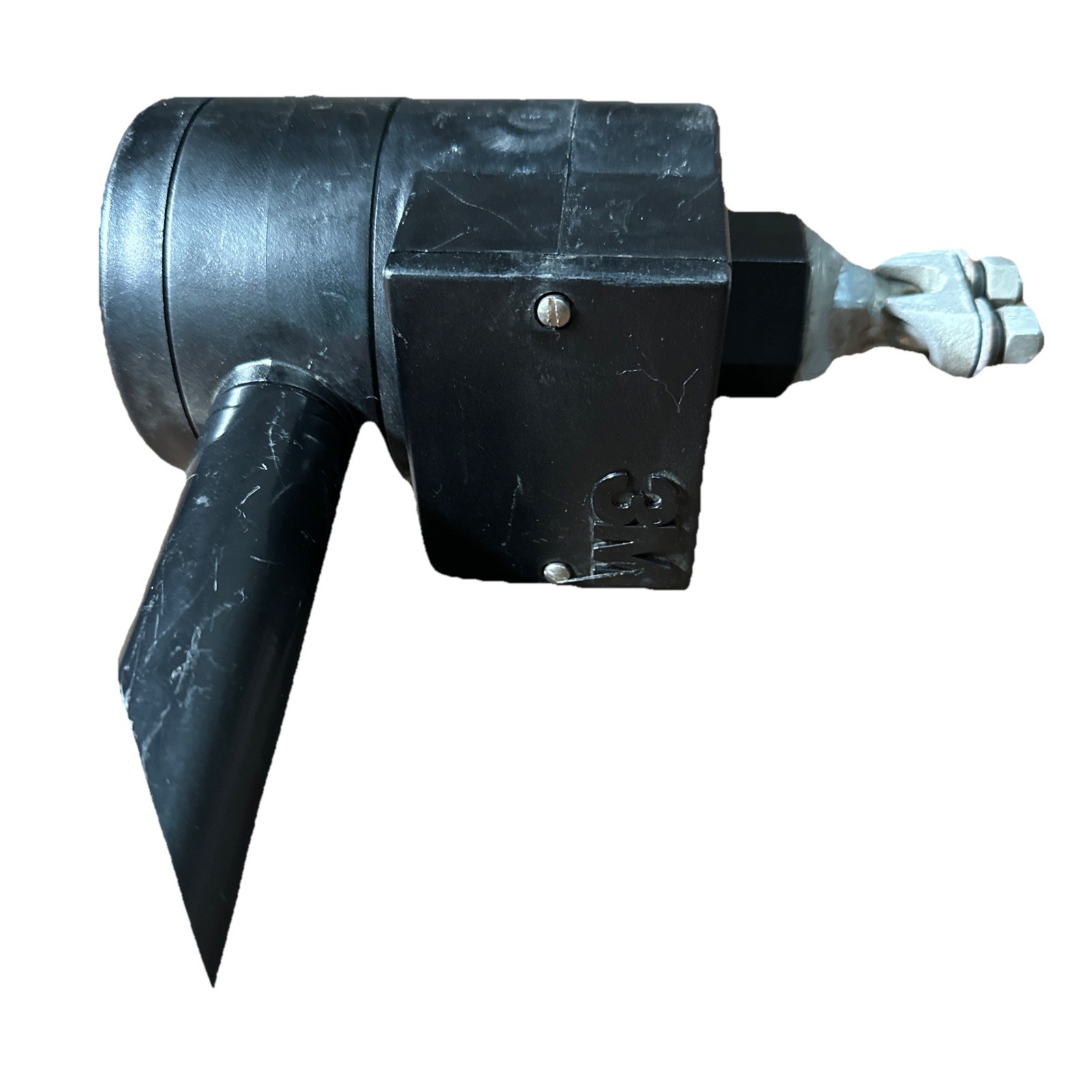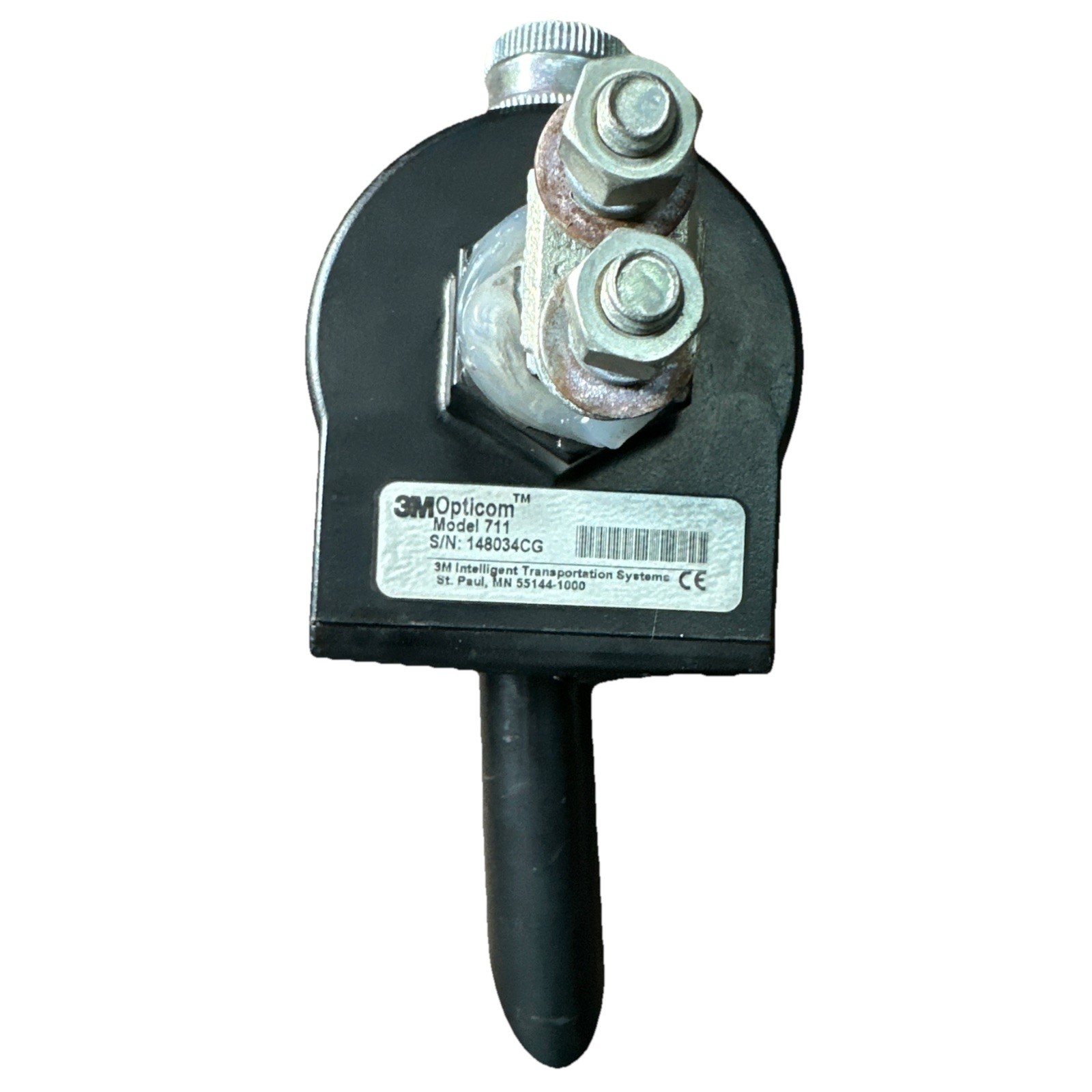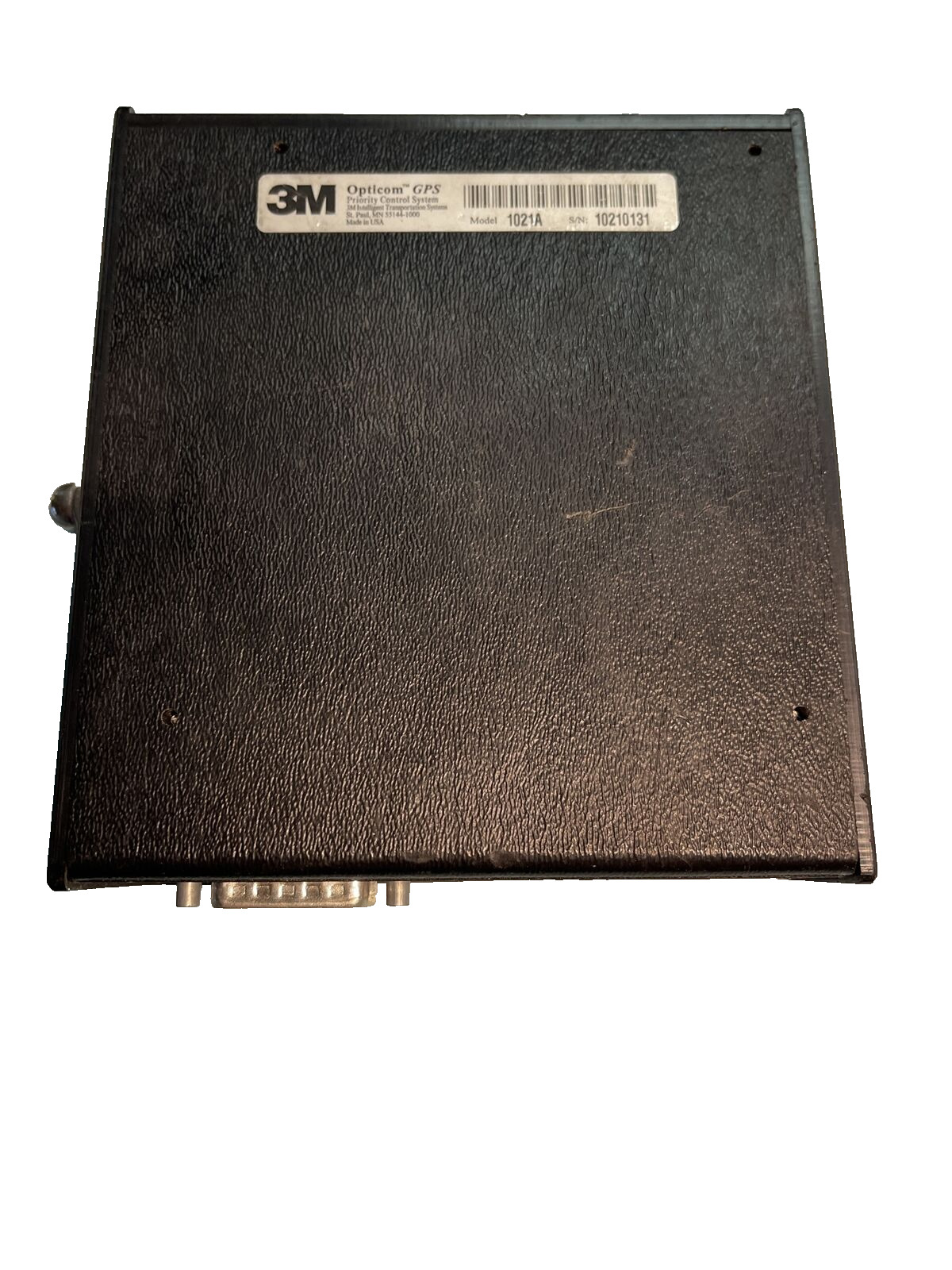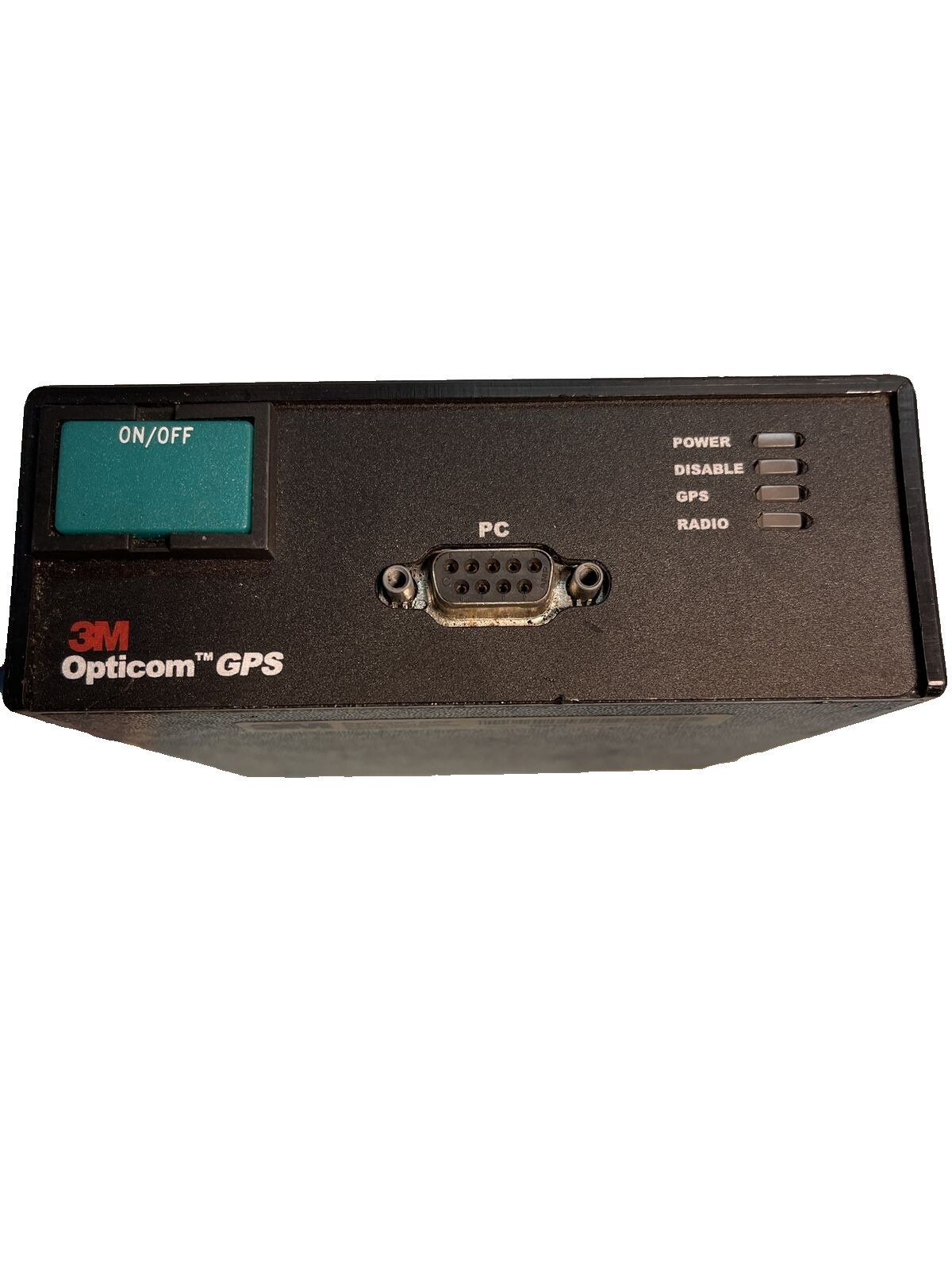The Chrome Box
by Remote Control
Emergency vehicles in many cities are now using devices called the 3M Opticoms Priority Control System.
Opticoms are sensors on traffic lights that detect a pattern of flashes from vehicle-mounted strobe lights.
This flash pattern varies from city to city depending on the manufacturer of the equipment used. Often the sensors are installed only at major intersections. Nevertheless, the Chrome Box, which simulates these strobe patterns can often be used to give your car the same priority as an ambulance, paramedic van, fire truck, or police car.
Because of the varying patterns on different systems this article will outline a general procedure for making the Chrome Box.
Decoding Flash Patterns
First, you need to observe an emergency vehicle in action. You can wait until you encounter one by chance, running out to see when you hear a siren, or pulling over in your car to let one pass by. You might wait near a fire station for the next emergency to occur. Or, if you are very impatient, you can summon one by calling in a false alarm (not recommended).
If the Opticoms in your area are the kind with a pattern of single flashes at a steady rhythm, you have merely to buy a strobe light at RadioShack and adjust the flash rate until you can induce a traffic light to change.
If the flash pattern is more complex, you can videotape the emergency vehicle and then play back the tape in single-frame mode, counting the number of frames between each flash. Each video frame is 1/30th of a second. Using this you can calculate the time between flashes in the pattern.
Another way is to count the number of flashes (or flash-groups) in one minute and use that to compute the rate. Counting video frames will give you a good idea of the spacing of the flashes in a complex pattern.
For really accurate information, call the fire station and ask them, or write to the manufacturer for a service manual, which will include a schematic diagram that you can use to build one. A good cover story for this is that you are a consultant and one of your clients asked you to evaluate Opticom systems, or you could pose as a freelance journalist writing an article.
Modifying the Strobe Light
You may not have to modify the strobe at all. But if you need a faster flash rate than your strobe allows, open it up and find the large capacitor inside. Capacitors are marked in microfarads, abbreviated as µF. By replacing the capacitor with one of the same voltage rating (usually 250 volts or more) and a smaller value in microfarads, you can increase the flash rate. Halving the microfarads doubles the rate.
The other component that can be changed is the potentiometer (the speed control device with the knob on it). Using a smaller value (measured in ohms or kohms, abbreviated with the Greek letter "omega" or the letter K) will speed up the strobe. There may also be a resistor (small cylinder with several colored stripes on it, and wires coming out of each end). Replacing this resistor with one of smaller value will also speed up the strobe.
To generate a complex pattern, you will either have to design and build a triggering circuit using IC chips, or rig up a mechanical device with a multiple-contact rotary switch and a motor. It has been done.
To modify the strobe for mobile operation the simplest thing is to get a 110-volt inverter that will run off of a car battery by plugging into the cigarette lighter and running the strobe from that. Or, you can figure out (or find in a hobby electronics magazine) a strobe circuit that will run from batteries. Battery-powered strobes may also be available, either assembled or as kits.
Stealth Technology
Most light sensors and photocells are more sensitive in the infrared area of the light spectrum. Infrared (IR) is invisible to the human eye. Putting an infrared filter over the strobe light may allow the Chrome Box to operate in traffic undetected by police or other observers.
IR filters can be obtained from military surplus sniper-scope illuminators, or from optical supply houses like Dow Corning or Edmund Scientific Co.
Using the Chrome Box
Mounted on your car, the Chrome Box can guarantee you green lights at major intersections in cities that have Opticoms.
Handheld Chrome Boxes may be used to create gridlock by interfering with the normal flow of traffic. If you have access to a window overlooking a traffic light, you can play pranks by switching the signals at inappropriate moments, or you can plug the strobe into an exposed outlet at a laundromat or gas station.
Some Decoded Patterns
Torrance, California - Standard large RadioShack strobe lights are used. Moderately fast rate.
Manhattan Beach, California - Flash-pairs in a 4:1 ratio, at a rate of two flash-pairs per second.
Please send in any new patterns or info you discover.
